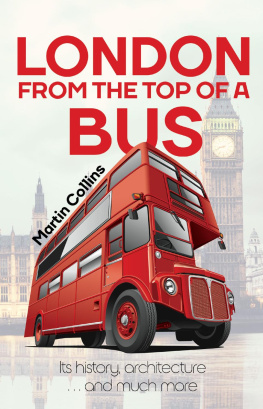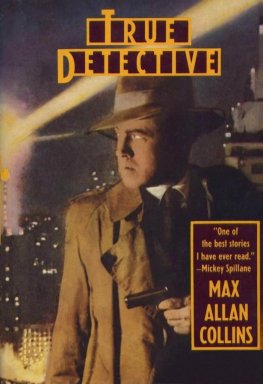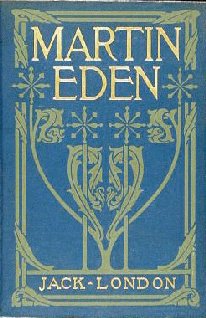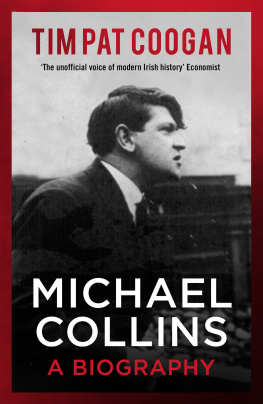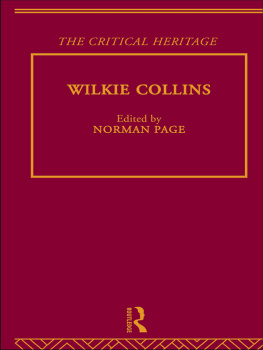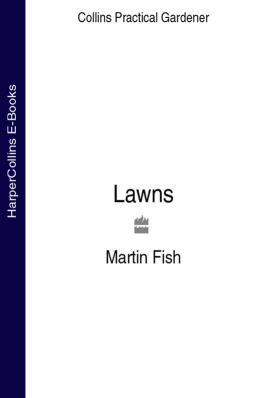Martin Collins - London From the Top of a Bus
Here you can read online Martin Collins - London From the Top of a Bus full text of the book (entire story) in english for free. Download pdf and epub, get meaning, cover and reviews about this ebook. year: 2020, publisher: Clink Street Publishing, genre: Detective and thriller. Description of the work, (preface) as well as reviews are available. Best literature library LitArk.com created for fans of good reading and offers a wide selection of genres:
Romance novel
Science fiction
Adventure
Detective
Science
History
Home and family
Prose
Art
Politics
Computer
Non-fiction
Religion
Business
Children
Humor
Choose a favorite category and find really read worthwhile books. Enjoy immersion in the world of imagination, feel the emotions of the characters or learn something new for yourself, make an fascinating discovery.
- Book:London From the Top of a Bus
- Author:
- Publisher:Clink Street Publishing
- Genre:
- Year:2020
- Rating:3 / 5
- Favourites:Add to favourites
- Your mark:
- 60
- 1
- 2
- 3
- 4
- 5
London From the Top of a Bus: summary, description and annotation
We offer to read an annotation, description, summary or preface (depends on what the author of the book "London From the Top of a Bus" wrote himself). If you haven't found the necessary information about the book — write in the comments, we will try to find it.
London From the Top of a Bus — read online for free the complete book (whole text) full work
Below is the text of the book, divided by pages. System saving the place of the last page read, allows you to conveniently read the book "London From the Top of a Bus" online for free, without having to search again every time where you left off. Put a bookmark, and you can go to the page where you finished reading at any time.
Font size:
Interval:
Bookmark:
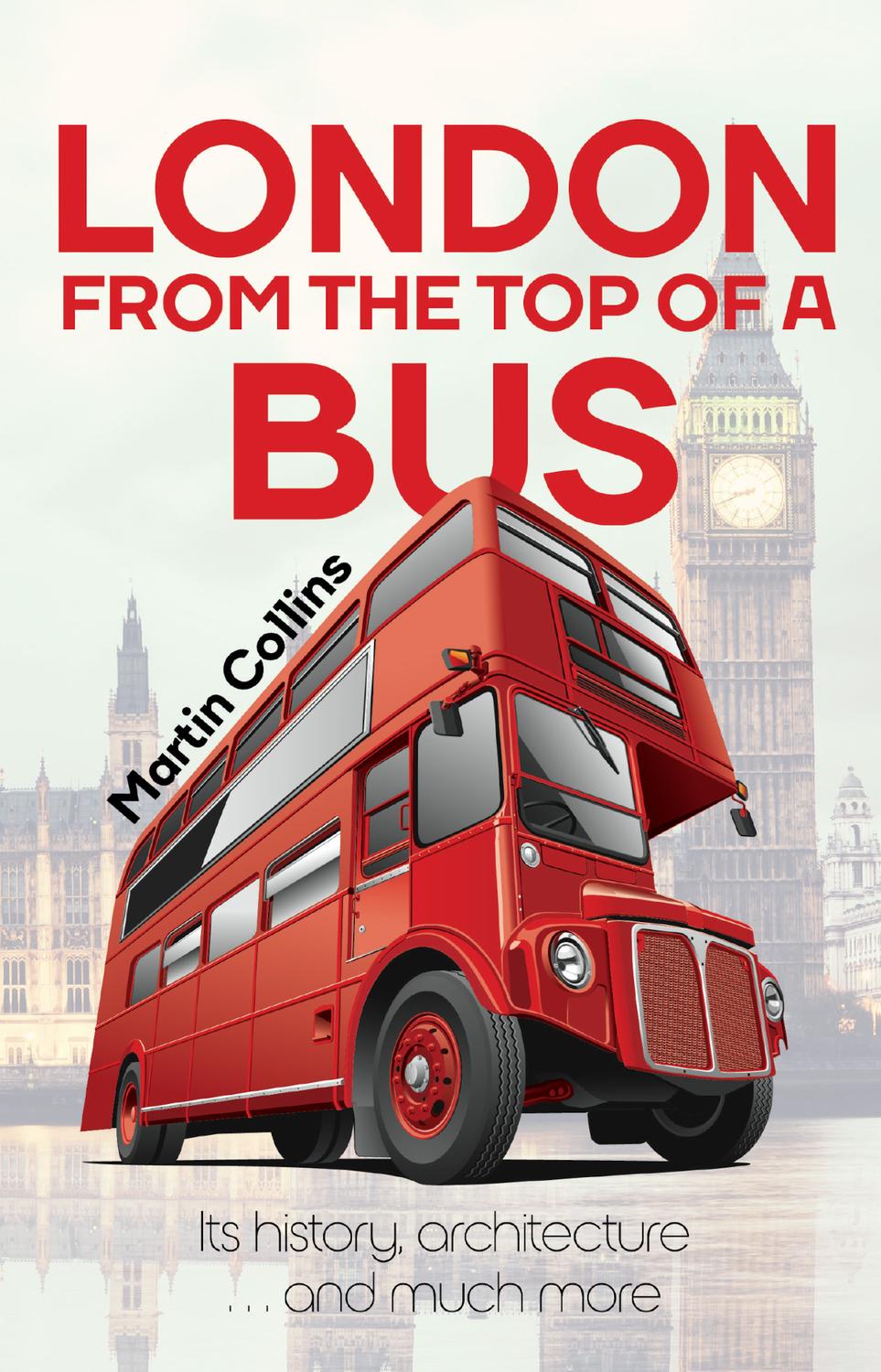
It has often been said, To see London, look up! There is much to be seen that cannot be at ground level and what better way to do so than from the top of a bus, about 4 metres (14 feet) above the ground, without the need to strain ones neck?
It is over 70 years since Lucy Masterman wrote, London from the Bus-Top. A guide for the impecunious traveller. She began her book by quoting Gladstone, an English prime minister of the late nineteenth century, who apparently once told an overseas visitor that the best way to see London is from the top of a bus. She appropriately commented that buses at the time she was writing were very different from the open-topped buses of his day.
London is also a very different place today than it was in 1947. It had then barely recovered from the Second World War Blitz that reduced large areas of it to rubble, much of which at that time was still evident. Some pre-war buildings survived, others were erected quickly and cheaply to meet the need for office space and residential accommodation. Many of these buildings have now been replaced, the current ones in a very different architectural style and of different materials and construction techniques. The bus routes themselves have also changed.
This book differs also from that of Lucy Masterman in that she focused on routes outside of the Cities of London and Westminster, whereas this book concentrates primarily on them. It also differs from many books on London by including details on the architecture of buildings. In some cases this may seem excessive and stating the obvious, but the intent is to encourage the reader to undertake a systematic appraisal of their architectural style: whether they are faced in stone, brick, terracotta or a mixture, the number of bays and storeys, window surrounds and pediments, and ornamentation and sculpture if any. I have intentionally introduced the reader to architectural terms, with a glossary of them provided.
Why use public transport when there are now several tourist buses with live or audio commentary? Tourist buses provide whistle-stop tours of only the main sites (St Pauls Cathedral, Buckingham Palace, The Tower of London etcetera). Apart from the fact that for the impecunious (i.e. having little money) public transport buses are much cheaper, they have the advantage of travelling past some of the lesser known, but still very interesting places in London. This guide covers these, including, churches, theatres, pubs and sculptures.
London is fast-changing. A number of buildings and sculptures mentioned in the sources I have used are no longer there. During the writing of this book, on some buildings referred to scaffolding has now been erected. Whether what was there before will still be there when it is removed is unknown. In other cases scaffolding has come down to reveal a building very different from that before it went up. There will probably be changes even between now and it being read. Readers should not be too surprised at this.
I have intentionally subtitled the book and much more, in part because I have included interesting stories and anecdotes, but also because I have not restricted what is discussed only to that seen from the bus. In some cases there is much of interest en-route, that cannot actually be seen from it. It seemed a lost opportunity not to bring it to the attention of readers.
The routes were chosen to ensure as many as possible locations of interest are seen with a minimal overlap of routes. Readers may, however, choose to mix and match between the bus routes described and other routes that cover in part the same journeys.
A decision had to be made as to whether to cover independently that which can be seen only from the left of the bus, i.e. nearest to the buildings and then cover the opposite side of the street on the return journey, or to discuss both in parallel. The former was chosen, as in some cases, due to a one-way system, the two journeys are not identical and, additionally, occasionally some things can be seen better on the return journey from the opposite side of the street. Covering both sides in parallel also creates a problem when there is much to see in rapid succession on both the left and the right.
The best view from the bus is without doubt from the front seat on the left. Generally, when travelling by bus the best time to use it is out of busy hours, at weekends for the City and weekdays for shopping areas. When roads are clear, buses travel fast, but then the only opportunity to see interesting buildings is when the bus halts at bus stops and traffic lights. Heavy traffic slowing the bus can for these trips actually be an advantage!
In some cases there is so much of interest within a short distance that you may find it an impossible challenge keeping up with both reading this book and attempting to look at what is described. It is therefore advised to read the appropriate section beforehand and to keep an eye on the street maps during the bus trip.
The book is principally intended for those unfamiliar with London and its history. To avoid detailed descriptions in the main body of the book, appendices are provided of a list of English rulers, a chronology of major events in the history of London, brief accounts of some of the major people mentioned who were born or lived in London, the major architect and their work referred to in the book and a glossary of architectural terms used to describe buildings.
Enjoy the journeys!
This book is based on personal observations made when travelling on buses and walking on foot, and on many written sources that I have collated over several years.
In the writing of this book I have checked and supplemented these with information from a number of additional sources. As an academic I am acutely aware of the importance of acknowledging all sources, but as this is a book for the general reader, I did not want to clutter it up with references and footnotes to the source of every statement made. I have, however, included a list of my sources in and I acknowledge with gratitude the authors and publishers of them.
The London Encyclopaedia and the books by Pevsner et al. have been valuable sources of historical facts and architectural detail, respectively. Ward-Jackson was useful for detailed information on sculptures in the City of London and Bob Speels excellent website and the blog of Chris Partridge for those in Westminster, both supplemented by Thompsons book on statues. The series of booklets produced by Camden History Society were very helpful as a source for part of the journey of bus 19 through the London Borough of Camden. Murphys One Mans London was a wonderful source of anecdotes. Other books listed provided specialist information on theatres, pubs and specific streets and locations. I made cautious dips into the internet to obtain specific information, too numerous to list. I acknowledge with thanks all of these sources and others listed in .
Last, but by no means least, I am very grateful to Graham Tomalin, who scrutinised the manuscript for non-factual errors.
- Journey 1A
The 15 bus from Charing Cross to Tower Hill - Journey 1B
The 15 bus from Tower Hill to Charing Cross - Journey 2A
The 25 bus from Holborn Circus to Aldgate Underground Station - Journey 2B
The 25 Bus from Aldgate Underground Station to Holborn Viaduct - Journey 3A
Font size:
Interval:
Bookmark:
Similar books «London From the Top of a Bus»
Look at similar books to London From the Top of a Bus. We have selected literature similar in name and meaning in the hope of providing readers with more options to find new, interesting, not yet read works.
Discussion, reviews of the book London From the Top of a Bus and just readers' own opinions. Leave your comments, write what you think about the work, its meaning or the main characters. Specify what exactly you liked and what you didn't like, and why you think so.

